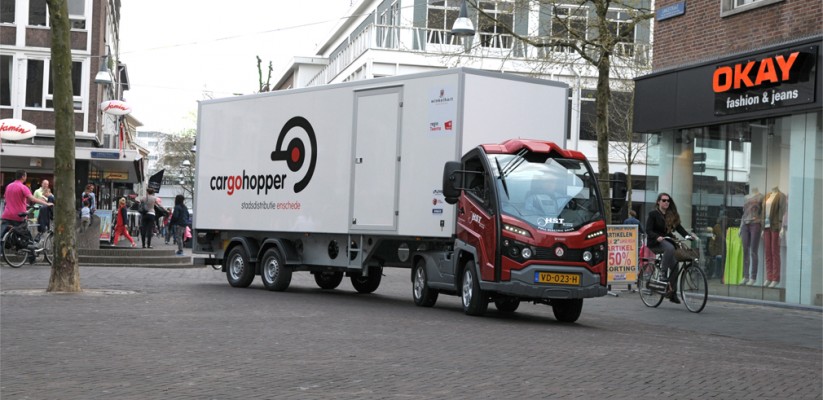Possibilities and barriers for using electric-powered vehicles in city logistics practice / Hans Quak, Nina Nesterova, Tariq van Rooijen
Possibilities and barriers for using electric-powered vehicles in city logistics practice / Hans Quak, Nina Nesterova, Tariq van Rooijen (TNO). – Transportation Research Procedia 12 (2016) 157-169 (13 p.) [formato PDF, 183 kB]. Open Access.
The 9th International Conference on City Logistics, Tenerife, Canary Islands (Spain), 17-19 June 2015.
This paper discusses the current developments, as well as the barriers and opportunities for using electric freight vehicles in daily city logistics operations based on the experiences from a number of running demonstrations. This paper discusses results from other studies and demonstrations that were published on electro mobility in city logistics in the last three years, as an update of an earlier state of the art review. Next, we present recent narratives based on the more than 100 electric freight vehicles (EFVs) deployed in the European project FREVUE and the experiences of TransMission in using four battery electric Cargohoppers to perform their urban deliveries in Amsterdam. Over the years the attention shifted from a focus on the limitations of EFVs in comparison to conventional vehicles, such as the limited range, towards the question how to better adapt the operations to deal with the EFV characteristics. Although, the business case for using EFVs, in comparison to conventional vehicles, is still suffering from high vehicle purchase price and uncertainty about its residual value, the use of EFVs in daily operations shows that in the majority of cases the current generation of EFVs have a good technical performance. Companies using EFVs are generally satisfied with these vehicles. Obviously still a number of barriers has to be levelled, but large scale EFV usage seems more feasible than before.
